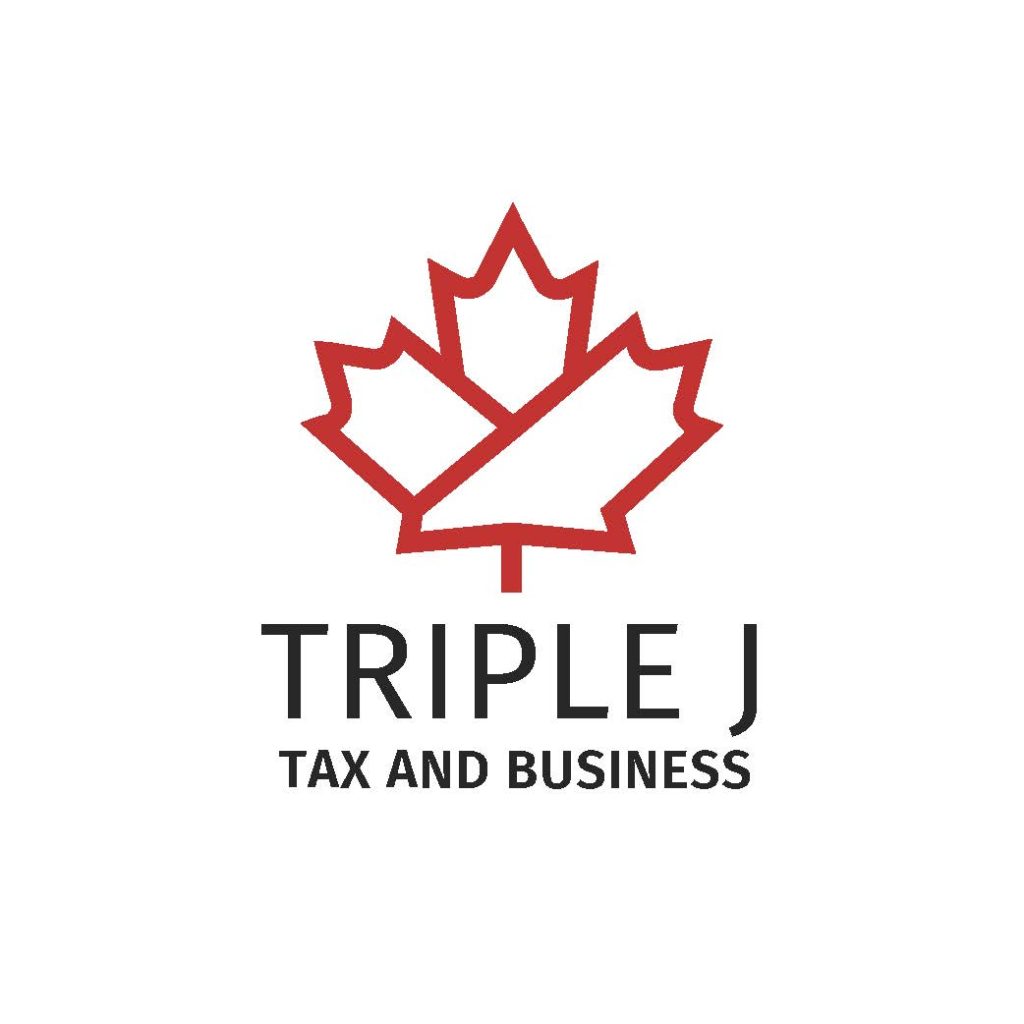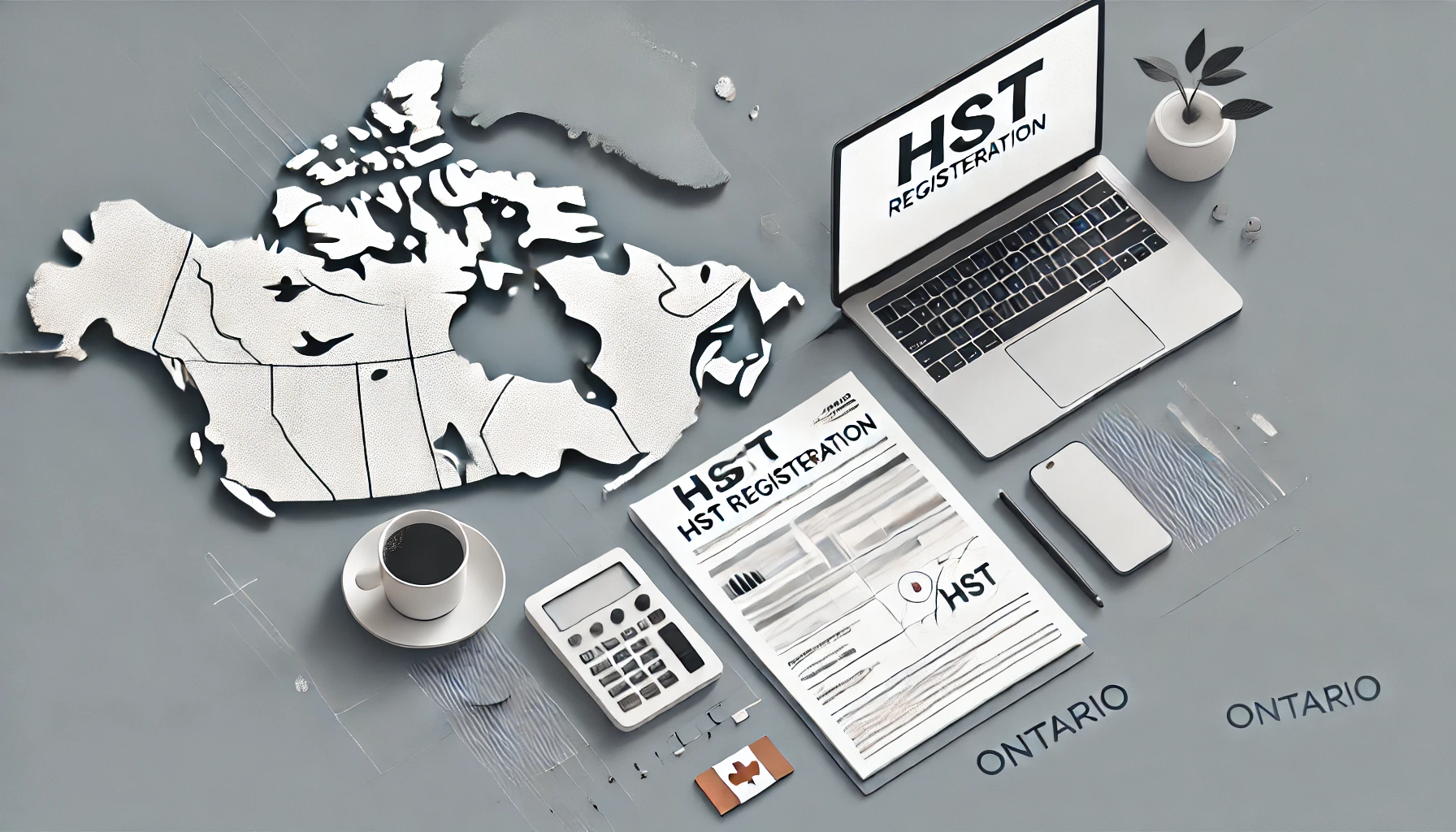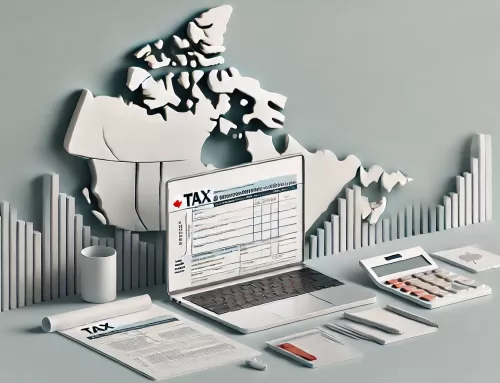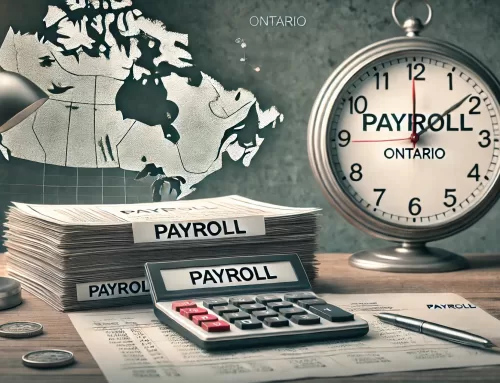Taxes can be a confusing subject for freelancers, especially when it comes to the Harmonized Sales Tax (HST). In Ontario, freelancers must navigate the rules and regulations surrounding HST to ensure they’re compliant and avoid penalties.
Understanding HST and Its Applicability to Freelancers
What is HST?
HST, or Harmonized Sales Tax, is a value-added tax that combines the federal Goods and Services Tax (GST) with the provincial sales tax (PST) into a single tax rate. In Ontario, the HST rate is 13%, consisting of 5% GST and 8% PST.
For freelancers, HST applies to taxable goods and services provided to clients. This means that if you sell a service or product subject to HST, you’re required to collect the tax from your clients and remit it to the Canada Revenue Agency (CRA).
Key Facts About HST:
- Rate: 13% in Ontario.
- Taxable Supplies: Includes most goods and services, but some are exempt or zero-rated.
- Collection and Remittance: Businesses collect HST from clients and remit it to the CRA on a periodic basis.
Pro Tip: HST is charged only on taxable supplies, not exempt services like many medical or financial services.
Who Needs to Register for HST?
The CRA mandates that businesses, including freelancers, register for HST once they exceed a revenue threshold of $30,000. This applies to all self-employed individuals, whether you’re providing creative services, consulting, or IT solutions.
The $30,000 Rule:
- Freelancers and small businesses are considered “small suppliers” if their taxable revenue is under $30,000 in a calendar quarter or in the last four consecutive quarters.
- Once your taxable revenue exceeds this threshold, you are required to register for HST.
Pro Tip: Even if you earn less than $30,000, you may choose to register voluntarily to take advantage of input tax credits.
Determining If You Need to Register for HST
Deciding whether to register for HST requires an understanding of your revenue, the services you provide, and how the rules apply to your business.
Revenue Thresholds and Criteria
The $30,000 threshold applies to your taxable revenue, which includes the sale of most goods and services in Ontario. However, it’s essential to calculate your total revenue correctly.
What Counts as Taxable Revenue?
- Revenue from services provided to clients in Ontario and other provinces.
- Revenue from online or international clients, depending on the nature of the services.
- Excludes exempt supplies, which are not subject to HST.
How to Calculate Revenue:
- Add up all the income you’ve earned from taxable goods and services.
- Review the total on a quarterly and annual basis.
- Consider any new contracts or projects that might push you over the $30,000 threshold.
Pro Tip: If you’re close to the threshold, it’s wise to monitor your revenue monthly to avoid missing the deadline for registration.
Exemptions for Freelancers
Not all freelancers are required to charge HST. Some services are exempt from HST, meaning you don’t need to include the tax on your invoices or remit it to the CRA.
Examples of Exempt Services:
- Certain educational services, such as tutoring for a recognized curriculum.
- Many medical or health-related services, like those provided by physiotherapists or psychologists.
- Financial services, such as investment consulting.
If your freelance work falls under these categories, you may not need to register for HST, regardless of your revenue. However, most common freelance services, such as graphic design, writing, marketing, and IT consulting, are taxable.
The Implications of Crossing the Threshold
Once your revenue exceeds $30,000, you are required to register for HST promptly. Failing to do so can result in fines, penalties, and interest charges.
What Happens When You Exceed $30,000:
- You have 29 days from the end of the month in which you crossed the threshold to register for HST.
- After registering, you must start charging HST on your invoices.
- You are also required to remit any HST you should have collected on taxable revenue earned after crossing the threshold, even if you didn’t charge it to clients initially.
Pro Tip: If you’re unsure about whether your revenue qualifies, consult an accountant to clarify your obligations.
Benefits and Drawbacks of Registering for HST
Deciding whether to register for HST as a freelancer can feel overwhelming, especially if you’re still growing your business. Understanding the pros and cons will help you make an informed decision.
Advantages of Registering Early
Even if your revenue is below $30,000, there are significant benefits to registering voluntarily for HST.
- Access to Input Tax Credits (ITCs):
Once registered, you can claim input tax credits for the HST paid on business expenses such as:
- Office supplies and equipment.
- Advertising and marketing services.
- Professional services, like accounting or legal advice.
These credits reduce the overall amount of HST you need to remit, saving you money.
- Improved Credibility with Clients:
Charging HST can make your business appear more established and professional. Some clients, particularly larger organizations, may even expect it. - Simplified Growth Planning:
If you’re close to the $30,000 threshold, registering early avoids the rush and hassle of last-minute compliance. You’ll also be ready to handle increased revenue without interruptions.
Pro Tip: Registering early is especially beneficial if your business has significant upfront expenses, as you can recover HST on these costs.
Challenges Freelancers Face
While there are benefits, registering for HST also comes with responsibilities that may increase your workload.
- Increased Administrative Work:
- You’ll need to track HST collected from clients and the HST you pay on business expenses.
- Filing HST returns requires accurate record-keeping and attention to deadlines.
- Managing Cash Flow:
- Freelancers must collect HST from clients but can only remit it to the CRA at specific intervals (monthly, quarterly, or annually).
- It’s crucial to set aside collected HST to avoid spending it accidentally.
- Complexity for Small-Scale Freelancers:
If your revenue is low and your expenses are minimal, the administrative effort might outweigh the benefits of input tax credits.
Pro Tip: Use accounting software or hire a bookkeeper to simplify HST tracking and remittance if you decide to register.
How to Register for HST in Ontario
Once you decide (or are required) to register for HST, the process is straightforward. The CRA offers multiple methods to ensure it’s accessible for freelancers.
Step-by-Step Guide to Registration
- Determine When to Register:
- If your revenue exceeds $30,000, you must register within 29 days of crossing the threshold.
- If registering voluntarily, choose a start date that aligns with your invoicing and financial planning.
- Gather Required Information:
You’ll need the following details to register:
- Your business name and address.
- Your Social Insurance Number (SIN) if you’re a sole proprietor.
- Estimated annual revenue.
- Choose a Registration Method:
- Online: Use the CRA’s Business Registration Online (BRO) service.
- Phone: Call the CRA at 1-800-959-5525 to register over the phone.
- Mail or Fax: Submit Form RC1, Request for a Business Number, to the CRA.
Once registered, you’ll receive an HST number, which you’ll use for invoicing, remitting payments, and filing returns.
Setting Up Your Business for HST Compliance
After registering, your next steps involve integrating HST into your daily operations.
- Invoicing with HST:
Ensure your invoices include the following details:
- Your HST registration number.
- The amount of HST charged (clearly identified as a separate line item).
- A subtotal and total that show the tax amount separately from the base cost.
- Tracking HST Collected and Paid:
- Use accounting software like QuickBooks or Wave to automate HST calculations and tracking.
- Keep receipts and records of all transactions involving HST.
- Remitting HST to the CRA:
- Based on your assigned reporting period (monthly, quarterly, or annually), submit your HST returns and remit the balance owed to the CRA.
- Ensure you account for input tax credits to reduce your payment amount.
Pro Tip: Open a dedicated savings account to store the HST you collect, so you have the funds ready when it’s time to remit.
Staying Compliant with HST Regulations
Registering for HST is only the beginning. To avoid penalties and maintain a smooth operation, freelancers must adhere to the CRA’s compliance requirements, including accurate record-keeping, timely filings, and proper remittance.
Keeping Accurate Records
Proper record-keeping is essential for managing HST compliance. It not only helps with tax filings but also provides a clear view of your financial health.
Best Practices for Tracking HST:
- Track Every Transaction: Record all HST collected from clients and the HST paid on business expenses.
- Keep Organized Receipts: Store digital or physical copies of all invoices, receipts, and payment records.
- Use Accounting Software: Tools like QuickBooks, Wave, or Xero can automate HST tracking and provide real-time insights.
Pro Tip: Create a dedicated folder (physical or digital) for each year’s HST records to simplify audits or reassessments.
Filing and Remitting HST
After registering for HST, the CRA will assign you a reporting period based on your revenue. For most freelancers with income under $1,500,000, the reporting period is annual, but higher earners may need to file monthly or quarterly.
Filing Your HST Returns:
- Due Dates: HSTfilings are due three months after your fiscal year-end. For example, if your fiscal year ends on December 31, your HST return is due by March 31.
- Reporting: Declare the total HST collected, subtract eligible input tax credits, and remit the balance to the CRA.
How to File Your HST Return:
- Online: Use the CRA’s My Business Account portal for fast and secure filing.
- Mail: Complete Form GST34 and send it to the CRA.
- Through a Tax Professional: If you work with an accountant, they can handle filings on your behalf.
Remitting HST Payments:
- Payments can be made online, at your bank, or by mailing a cheque to the CRA.
- Ensure you remit the correct amount to avoid penalties or interest charges.
What to Do If You Make a Mistake
Mistakes happen, but addressing them promptly can prevent further complications.
Correcting HST Errors:
- Amend a Return: If you notice an error after filing, you can adjust your HST return using the CRA’s online portal or by contacting the CRA directly.
- Pay Outstanding Balances: If you underpaid HST, remit the outstanding amount as soon as possible to minimize penalties and interest.
Handling CRA Audits:
- Be transparent and cooperative if the CRA requests information.
- Provide organized documentation to support your HST filings.
- Consider seeking professional advice if the audit becomes complex.
Pro Tip: Frequent errors in HST reporting may indicate the need for professional accounting assistance or upgraded financial tools.
Conclusion
Navigating HST regulations as a freelancer in Ontario may seem daunting at first, but with the right knowledge and tools, it becomes a manageable part of running your business. From understanding when to register to maintaining compliance, staying proactive ensures that your finances are in order and protects you from potential penalties.
Making the Right Decision About HST Registration
If your revenue is approaching the $30,000 threshold or you want to benefit from input tax credits, registering for HST can be a smart move. However, it’s important to weigh the benefits against the added responsibilities. By staying informed and using tools like accounting software, you can handle HST efficiently.
Any tax questions
Don’t let HST compliance overwhelm you. Contact JJJ Canada for expert accounting services tailored to freelancers in Ontario. Let us simplify your HST obligations and keep your business running smoothly. Reach out today for personalized guidance and support!







Leave A Comment